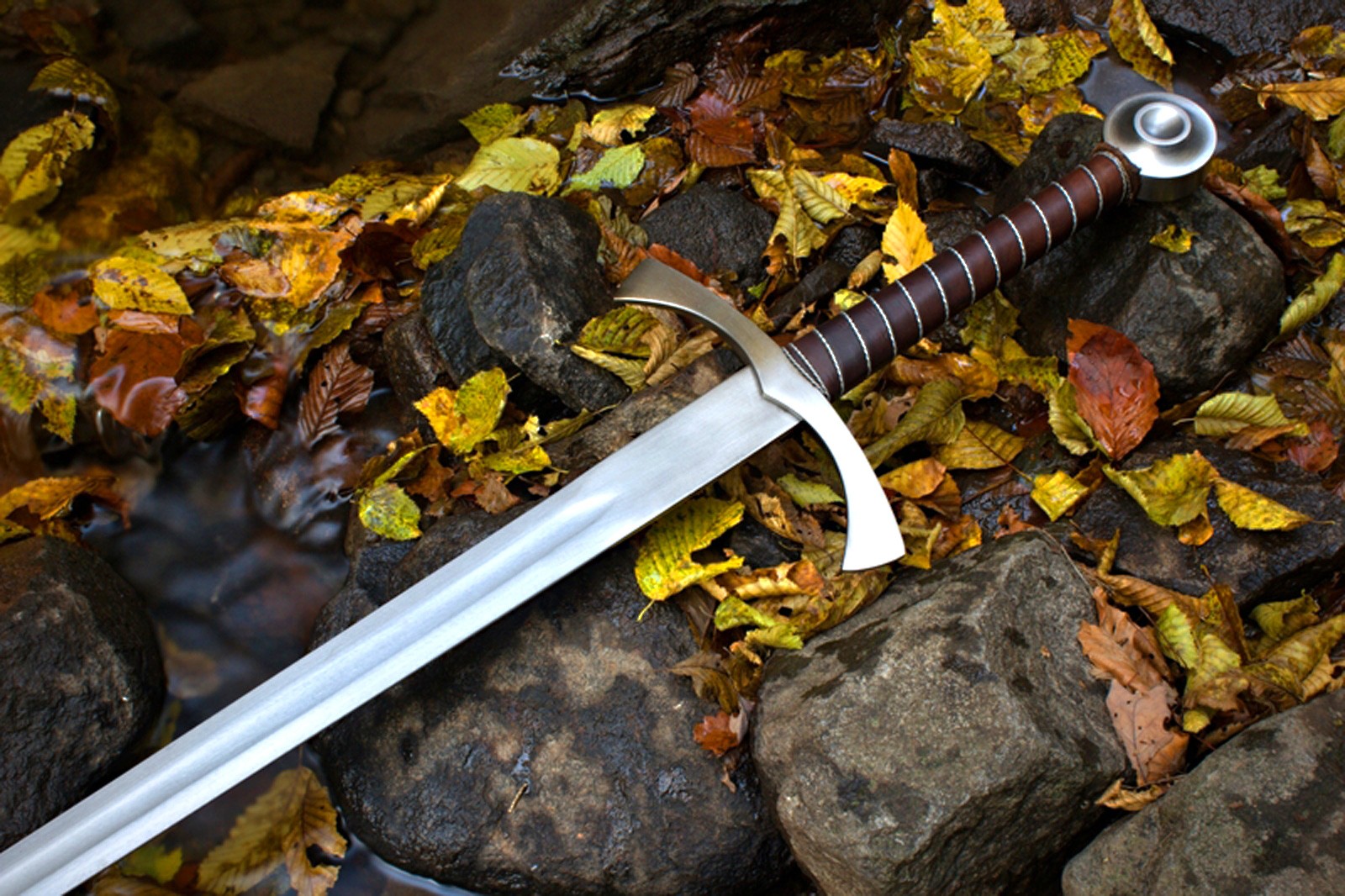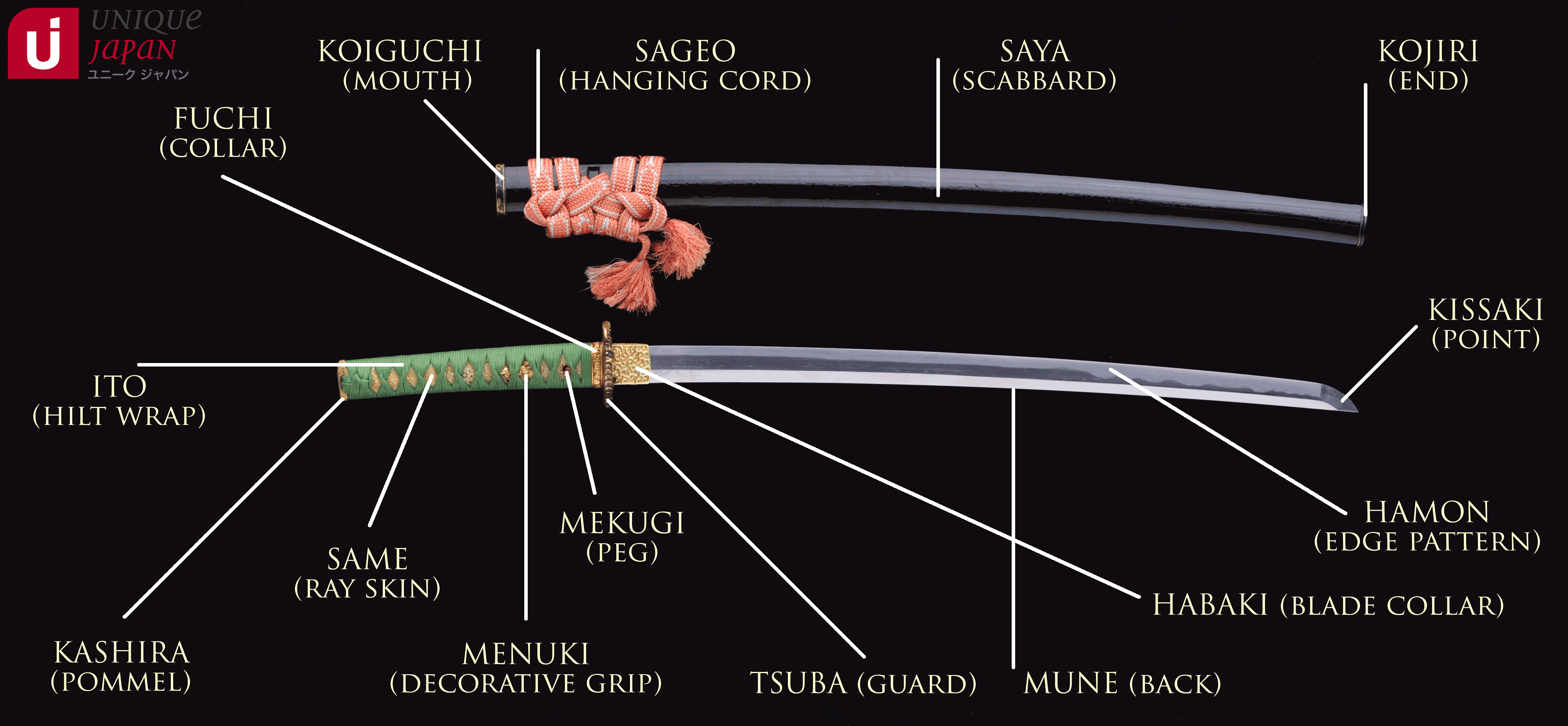Historical and Cultural Significance: Sword Meaning
Sword meaning – Swords have been an integral part of human history and culture for millennia, serving as both practical weapons and powerful symbols. Their evolution and significance have varied across civilizations, but they have consistently played a crucial role in warfare, rituals, and social hierarchy.
The sword is a symbol of power, a weapon of war, and a tool of justice. But in the sword pit , the sword takes on a new meaning. Here, the sword is not a symbol of power or justice, but of death and destruction.
The sword pit is a place where swords are discarded, forgotten, and left to rust. It is a reminder of the futility of war and the fragility of human life.
In ancient Egypt, swords were primarily made of bronze and used by both soldiers and civilians. They were often decorated with intricate designs and inscriptions, reflecting their importance as status symbols. In ancient Greece, swords were made of iron and became a primary weapon for hoplites, the heavily armored infantrymen who formed the backbone of Greek armies. The iconic Greek sword, the xiphos, was short and double-edged, designed for thrusting and stabbing.
The sword, a symbol of power and courage, has been wielded by warriors throughout history. Its sharp edge and pointed tip have been used to both defend and attack. Like the olive definition , which symbolizes peace and prosperity, the sword can also represent a duality of meanings.
It can be used for both good and evil, depending on the intentions of its wielder.
Symbolism and Mythology
Swords have also held deep symbolic and mythological significance in many cultures. In ancient Rome, the sword was a symbol of military power and authority. The Roman gladius, a short, straight sword, was used by legionnaires and became a symbol of Roman military prowess. In medieval Europe, swords were associated with chivalry and the warrior class. The knight’s sword was a symbol of his honor, courage, and loyalty.
In the realm of myth and legend, the sword stands as a potent symbol of power and valor. Its blade, a shimmering beacon of hope, cleaves through darkness, vanquishing evil and upholding justice. Yet, beneath the gleam of steel lies a hidden connection to the world of chance and fortune.
Like the fickle hand of fate, the casino beckons with its promise of riches and excitement ( casino meaning ). Within its gilded halls, fortunes are won and lost in a game of chance, where the sword of destiny becomes the blade of risk, its every swing a gamble against the whims of fate.
In many cultures, swords were also seen as magical objects with supernatural powers. In Celtic mythology, the sword was often associated with the gods of war and thunder. In Japanese culture, the katana is considered a sacred weapon and is often used in religious rituals and ceremonies.
Role in Warfare
Swords have played a pivotal role in warfare throughout history. They were the primary weapon of infantrymen in ancient and medieval times, and they continued to be used in close combat until the advent of firearms. The development of new sword designs and materials, such as the composite steel used in Damascus blades, gave rise to swords that were both strong and flexible, making them highly effective in combat.
Social Hierarchy
Swords have also been used to denote social hierarchy and status. In many cultures, the right to bear a sword was restricted to certain classes or ranks. In feudal Japan, for example, only samurai were allowed to wear two swords, while commoners were only allowed to carry short knives. In Europe, the type of sword one carried often indicated their social status, with elaborate and ornate swords reserved for the nobility.
Types and Variations

Swords can be broadly classified into three main types based on their design, construction, and intended purpose:
– Longswords: Longswords are characterized by their length, typically ranging from 30 to 45 inches, and their double-edged blades. They were designed for use in both cutting and thrusting attacks and were often used by knights and other heavy infantry.
– Short swords: Short swords are typically shorter than 24 inches in length and have a single-edged blade. They were designed for close-quarters combat and were often used by foot soldiers and civilians for self-defense.
– Ceremonial swords: Ceremonial swords are designed for use in ceremonies and rituals rather than combat. They are often elaborately decorated and may have symbolic or religious significance.
Each type of sword has its own advantages and disadvantages. Longswords offer greater reach and power, but they can be slower and more difficult to maneuver in close quarters. Short swords are more agile and easier to use in confined spaces, but they have less reach and power. Ceremonial swords are not typically intended for combat, but they can be used for self-defense in a pinch.
Crafting and Techniques

The process of sword crafting is an intricate art that requires a high level of skill and expertise. Master swordsmiths employ a range of techniques and materials to create weapons of exceptional quality and durability.
Materials
The choice of materials used in sword construction is crucial to the performance and longevity of the blade. Steel is the most common material used, offering a balance of strength, flexibility, and sharpness. Iron, while less durable than steel, is often used in the construction of historical swords due to its availability and ease of forging. Damascus steel, a type of composite steel, is renowned for its strength, sharpness, and distinctive patterns.
Forging and Shaping
The first step in crafting a sword is forging the blade. This involves heating the metal to a high temperature and hammering it into the desired shape. The forging process requires a great deal of skill and experience, as the metal must be worked carefully to avoid cracking or breaking.
Once the blade has been forged, it is shaped using a variety of tools, including hammers, anvils, and files. The shape of the blade will vary depending on its intended use, with different designs suited for different combat styles.
Heat Treatment
After the blade has been shaped, it is subjected to a heat treatment process. This involves heating the blade to a specific temperature and then quenching it in water or oil. Heat treatment alters the microstructure of the metal, increasing its strength and hardness.
Polishing and Sharpening, Sword meaning
The final steps in the sword crafting process are polishing and sharpening. Polishing removes any imperfections from the blade’s surface, giving it a smooth and reflective finish. Sharpening is done using a variety of stones and abrasives, and it is essential for ensuring that the blade is able to cut effectively.
Master Swordsmiths
Master swordsmiths are highly skilled artisans who have dedicated their lives to the art of sword making. They possess a deep understanding of the materials and techniques involved in the process, and they are able to create weapons of exceptional quality and beauty.
The sword, a symbol of power and justice, has been a constant throughout history. Its significance transcends cultures and time, from the legendary Excalibur to the samurai’s katana. Like the nyt connections hint , it reveals hidden connections and unveils the complexities of human nature.
The sword’s sharp edge cuts through deception, exposing the truth that lies beneath the surface.
The sword, a symbol of strength and power, has been revered throughout history. But even the mightiest sword cannot compare to the brilliance of a diamond. This precious stone represents purity, innocence, and eternal love. Its hardness and durability mirror the unyielding spirit of the warrior who wields the sword, reminding them that true strength lies not only in physical prowess but also in the unwavering resilience of the human spirit.